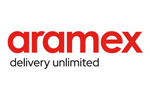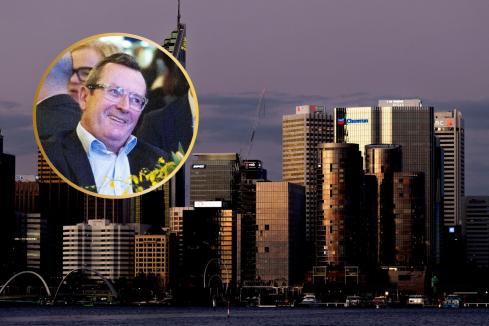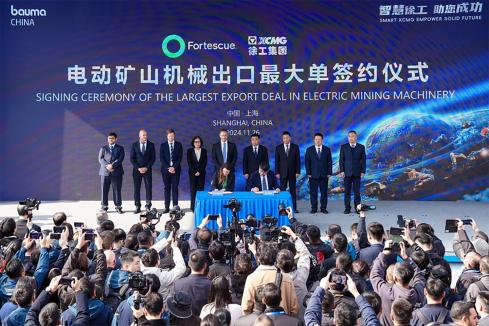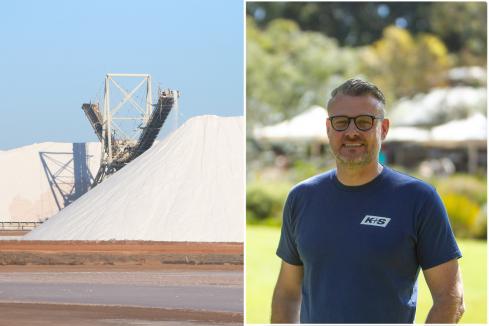
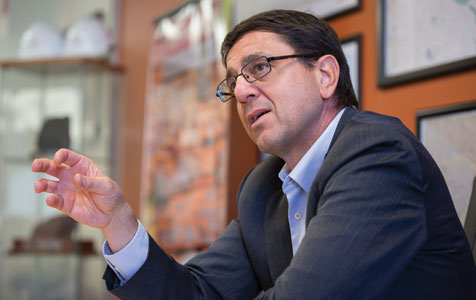
OF all the listed companies looking to join the ranks of Western Australian iron ore producers, Iron Ore Holdings stands apart.
In the past 18 months, it has negotiated four value-adding transactions with larger miners, is close to finalising a fifth and, most significantly, is progressing its own mining project.
IOH’s strategy stands in contrast to other companies that have invested heavily in their favoured project, only to find themselves with a ‘stranded’ asset and no clear path forward.
Since joining IOH 18 months ago, chief executive Alwyn Vorster has focused on monetising many of the company’s assets in the central Pilbara.
“The monetise part doesn’t involve us going to shareholders to raise hundreds of millions of dollars and then not having a pathway to market,” Mr Vorster said.
Instead, it has struck deals with Rio Tinto, Mineral Resources and Fortescue Metals Group that have added $94 million in cash to its coffers.
The largest pay-off may come from its mine-gate sale agreement with MinRes over the Iron Valley project.
“They spend 100 per cent of the capital, 100 per cent of the operating cost, we retain the tenement and as owner we receive a mine-gate payment,” Mr Vorster said.
“We are confident that will bring fairly significant annual net profit payments to us.”
Mr Vorster said the key to each deal had been finding the right counterparty and he was close to finalising another deal for its North Marillana tenements.
That will complete IOH’s exit from the central Pilbara, enabling it to focus on its Buckland project in the west Pilbara.
“We started doing intensive work about 18 months ago, but we had to build a strategy that made this more than a stranded asset,” he said.
The breakthrough in this case was opting for a small-scale port at Cape Preston that would involve trans-shipment options.
“We shifted our mindset and said all we want is a 10 to 20 million-tonnes port facility that can only take small-scale barges,” Mr Vorster said.
The business case for the Buckland project is based on construction of a private haul road to a new port at Cape Preston, near the Sino Iron project.
IOH is not alone in this regard. MinRes and Forge Resources are considering trans-shipping options for their Iron Valley and Balla Balla projects.
IOH has signed a memorandum of understanding with the Dampier Port Authority and is looking to finalise lease agreements.
But the main task is to find a partner to help with what will be an $800 million project.
“Most of our focus is on finding a suitable partner, to take this project forward,” Mr Vorster said.
“Despite the extremely challenging times, we still have a number of very attractive propositions on the table.”
They range from offshore investors, to large Australian contractors wanting to develop and operate the port and road infrastructure, to others wanting a mine-gate deal.
Mr Vorster said he was aiming to select a preferred partner by the end of the year.
“My preference as CEO is that we involve an expert party with a proven track record of construction and operation, and at the same time helping us fund it,” he said.
This fits with IOH’s strategy of focusing on areas where it has expertise – finding deposits and de-risking them by completing initial studies and sorting matters like land tenure.
“There are too many juniors who have learnt lessons after trying to extend themselves into areas where they didn’t necessarily have the expertise,” he said.
Mr Vorster anticipates big changes over the next 12 months.
“Hopefully, by this time next year, Iron Valley will be in production, we will get cash flow in from there, Buckland will be starting construction, and we won’t have to spend much capital ourselves, so we can start looking at additional smaller-scale opportunities,” he said.
“There are good opportunities, with people running out of money and dropping tenements.”






